China's Chang'e 6 robotic probe entered a lunar orbit on Wednesday morning and started flying around the Moon, according to the China National Space Administration.
The administration said in a news release that under the precision guidance of spacecraft control professionals at the Beijing Aerospace Control Center, the Chang'e 6 probe conducted a braking maneuver as it approached the lunar surface and then successfully entered a lunar orbit at 10:12 am.
Before the crucial maneuver, the 8.35-metric-ton Chang'e 6 had flown nearly 113 hours along an Earth-Moon transfer trajectory.
A key orbital control measure for any lunar mission, the braking operation is performed to reduce the spacecraft's speed to make sure it can be captured by the Moon's gravitational field rather than accidentally flying past the celestial body.
The Chang'e 6 spacecraft was launched by a Long March 5 heavy-lift carrier rocket on Friday afternoon at the Wenchang Space Launch Center in Hainan province, in an attempt to realize the world's first expedition to bring samples from the lunar far side back to Earth.
Previously, 10 lunar sample-return missions were undertaken by the United States, the former Soviet Union, and China, but all these samples were collected from the Moon's near side.
The Chang'e 6 spacecraft is designed and built by the Beijing-based China Academy of Space Technology and consists of four components — an orbiter, a lander, an ascender, and a reentry capsule.
After its arrival in lunar orbit, the probe is scheduled to fly around the celestial body for a certain period of time and will adjust its orbital altitude and inclination during that time.
Then it will separate into two parts, with the orbiter and reentry capsule remaining in the orbit while the lander-ascender combination starts approaching the lunar surface.
When everything is ready, the lander-ascender combination will make a soft landing in the South Pole-Aitken Basin — a gigantic crater on the lunar far side and also the largest, oldest and deepest basin recognized on the Moon. It will then start using a drill and a mechanical arm to gather surface and underground samples.
If the mission plan works well, up to 2 kilograms of stones and soil will be collected and packed in a vacuum-sealed metal container inside the ascender.
After the collection operation is completed, the engines of the ascender will elevate it to lunar orbit for docking with the reentry capsule. The vacuum-sealed container carrying the samples will be transferred to the module before the ascender undocks.
The combination of orbiter and reentry capsule will then depart the lunar orbit and return to the Earth's orbit, where the pair will break up and the reentry capsule will conduct a host of complicated maneuvers to return to the Siziwang Banner Landing Site in the Inner Mongolia autonomous region.








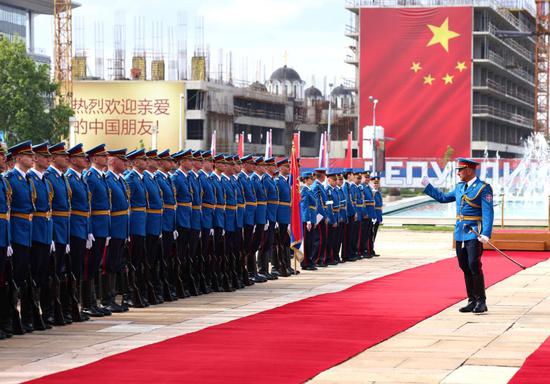
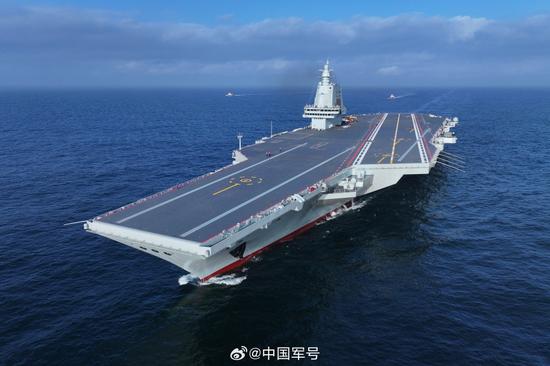
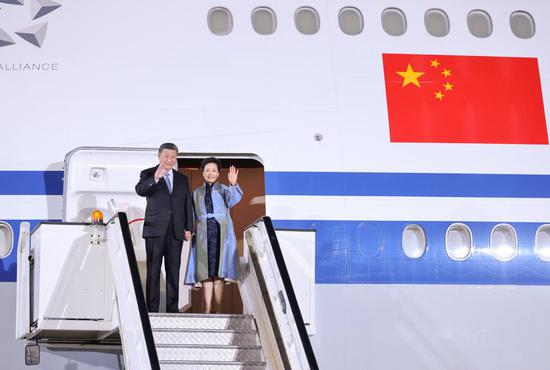




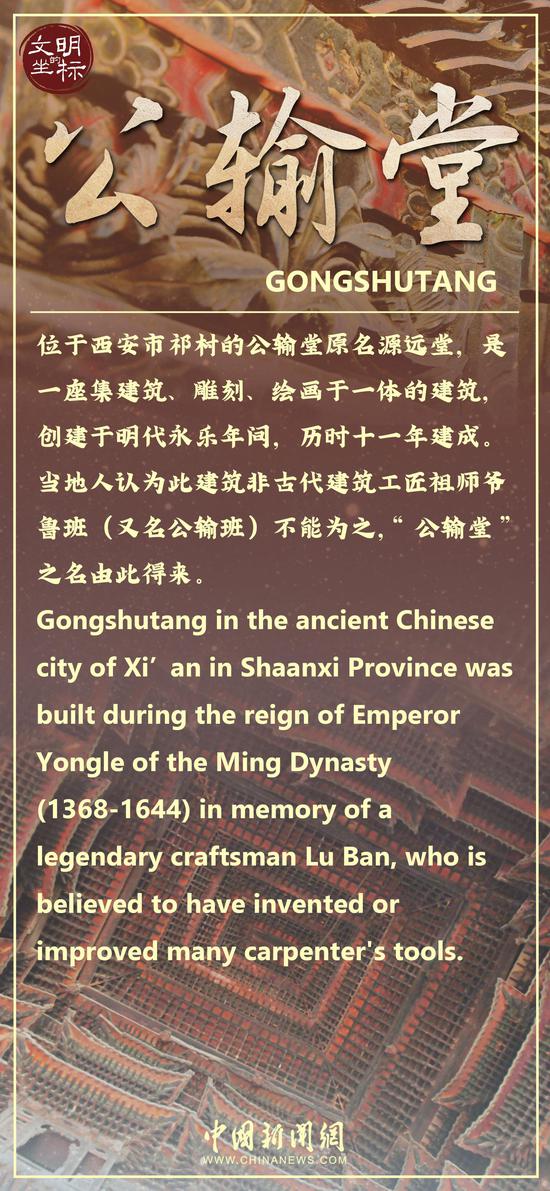
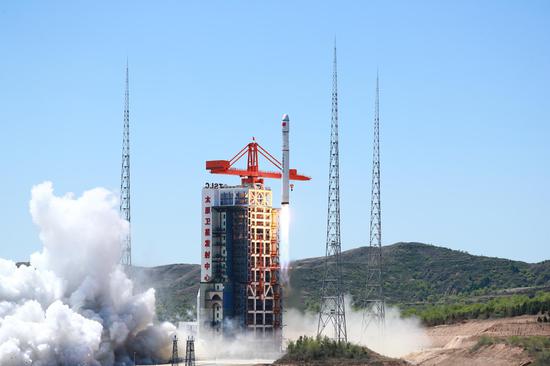




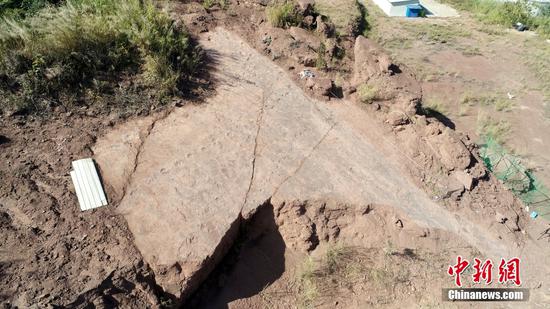








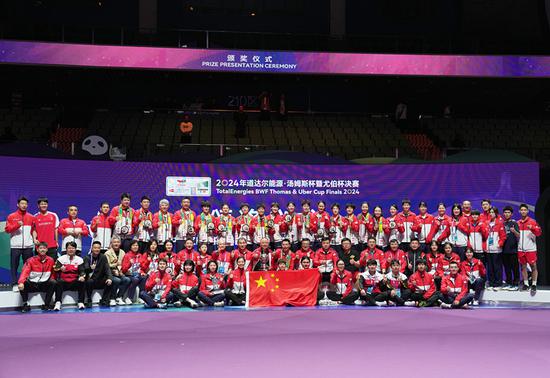








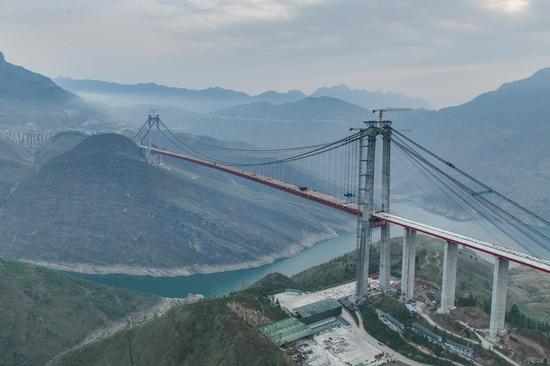


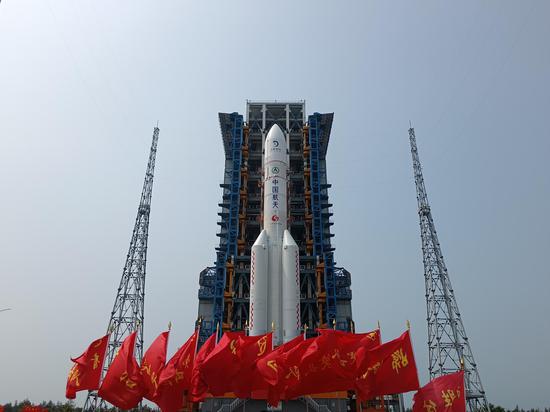






 京公网安备 11010202009201号
京公网安备 11010202009201号
